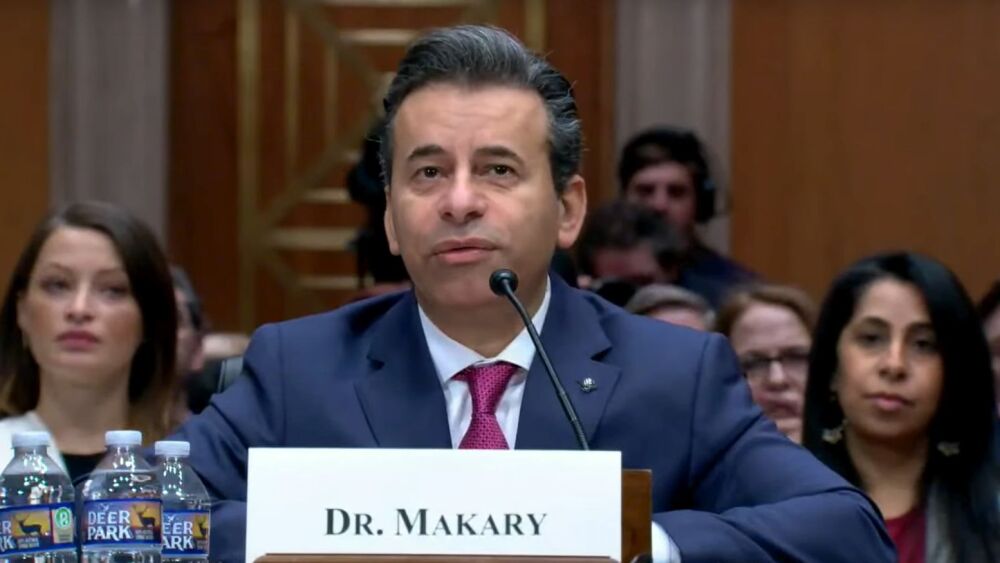Gene therapies offer great reward in the form of treating various devastating diseases, but there are also significant risks.
Over the next 10 years, gene therapies are expected come into their own as a treatment option for a variety of diseases. So far, two such therapies have snagged regulatory approval, Novartis’ Zolgensma for spinal muscular atrophy, and Spark’s Luxturna for a rare form of genetic blindness. More are waiting their turn.
Multiple companies are delving into gene therapy research with hopes of developing a one-time treatment for devastating genetic diseases. Gene therapies offer great reward in the form of treating various devastating diseases, but there are also significant risks. Over the past year, several clinical studies have been halted or scrapped due to safety concerns.
Bay Area-based Audentes Therapeutics had a temporary hold placed on the gene therapy under development for X-linked myotubular myopathy following reports of several patient deaths. That hold has since been lifted by the U.S. Food and Drug Administration. Uniqure also saw a hold placed on its hemophilia B trial after a patient in the study developed liver cancer. The hold was placed weeks after the company announced promising Phase III results at a conference in December.
Despite those risks, hundreds of millions of dollars in research dollars are being invested in gene therapies because of the potential near-curative capabilities the technology could offer. In December, life sciences giant Bayer launched a cell and gene therapy platform within its pharmaceutical division in order to become a leading company within a rapidly emerging and evolving field that offers the potential of life-saving therapies. Eli Lilly also dove into the field in December with the acquisition of Prevail Therapeutics. That deal was expected to extend Eli Lilly’s research efforts through the creation of a gene therapy program that will be anchored by Prevail’s portfolio of clinical-stage and preclinical neuroscience assets.
This week, German scientists reported they were able to use gene therapy to help paralyzed mice run again. The researchers were able to genetically engineer a unique protein dubbed hyper-interleukin-6, which was then able to “stimulate the regeneration of nerve cells in the visual system.” A few weeks after the treatment, the injured animals were able to walk again.
Scientists in China announced the development of a gene therapy that could potentially reverse the effects of ageing. Initial research was conducted with mice, but if it is proven to be safe, human testing could begin. As Reuters reported, the method involved inactivating a gene called kat7 which the scientists found to be a key contributor to cellular ageing. Researchers used CRISPR/Cas9 to screen thousands of genes for those which were particularly strong drivers of cellular senescence, the term used to describe cellular ageing, Reuters said.
Earlier this month, a public-private partnership in Boston formed to open a new facility to boost advances in cell and gene therapies. This creation of this new facility is being helmed by Harvard University and the Massachusetts Institute of Technology. Those prestigious universities are partnering with industry members such as Fujifilm Diosynth Biotechnologies, Cytivia and Alexandria Real Estate Equities, as well as multiple research hospitals. Part of the goal of this new institute, which is still unnamed at this point, is to boost the supply of materials for research and early clinical studies, provide space for some research and also offer training in equipment used for gene therapies, The Harvard Gazette reported this week.
On Monday, Curadigm, a subsidiary of France-based Nanobiotix, forged a collaboration with Sanofi to assess if that company’s Nanoprimer technology is a promising option to significantly improve gene therapy development. The goal of the project is to establish proof-of-concept for the Nanoprimer as a combination product that could improve treatment outcomes for gene therapy product candidates.
“Many promising nucleic acid-based therapeutics administered intravenously are limited in their efficacy due to rapid clearance in the liver, which prevents these therapies from reaching the necessary accumulation in target tissues to generate their intended outcomes. Additionally, accumulation in the liver, rather than in the target tissues, can lead to dose-limiting hepatic toxicity,” Nanobiotix said in its announcement. “The Nanoprimer is designed to precisely and temporarily occupy therapeutic clearance pathways in the liver. Delivered intravenously, immediately prior to the recommended therapy, the technology acts to prevent rapid clearance—thereby increasing bioavailability and subsequent accumulation of therapeutics in the targeted tissues.”
The Nanoprimer is a combination product candidate that does not alter or modify the therapies it is paired with, which means if the research with Sanofi is successful, Curadigm could seek out other opportunities for its technology.





